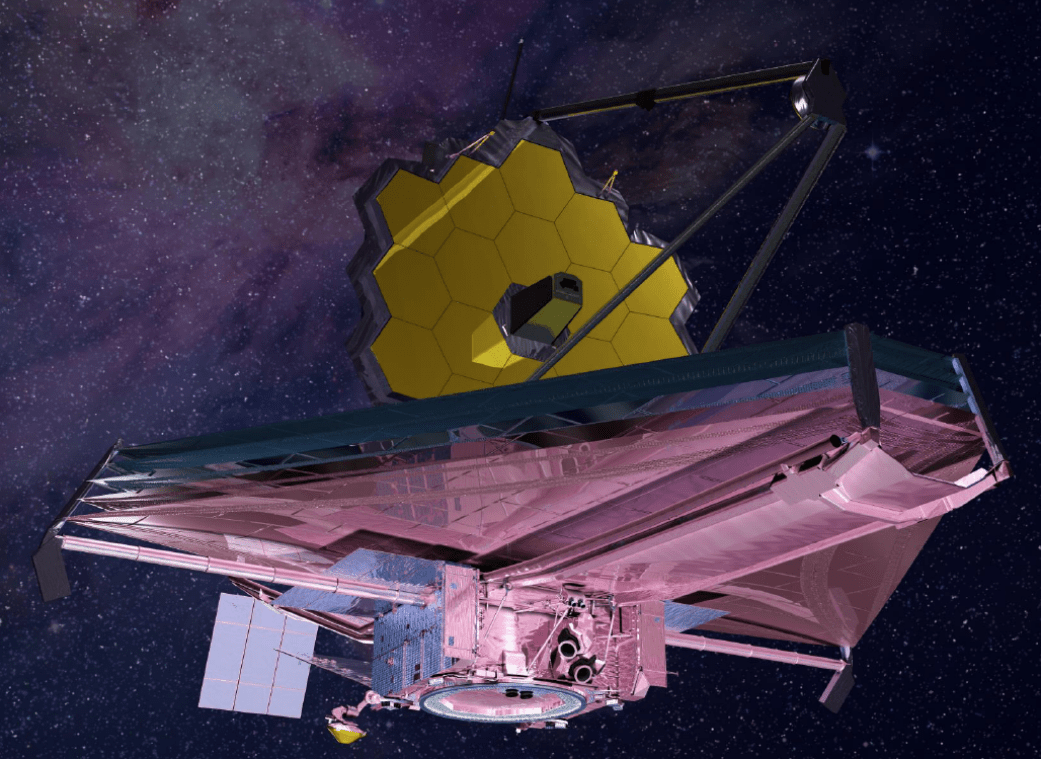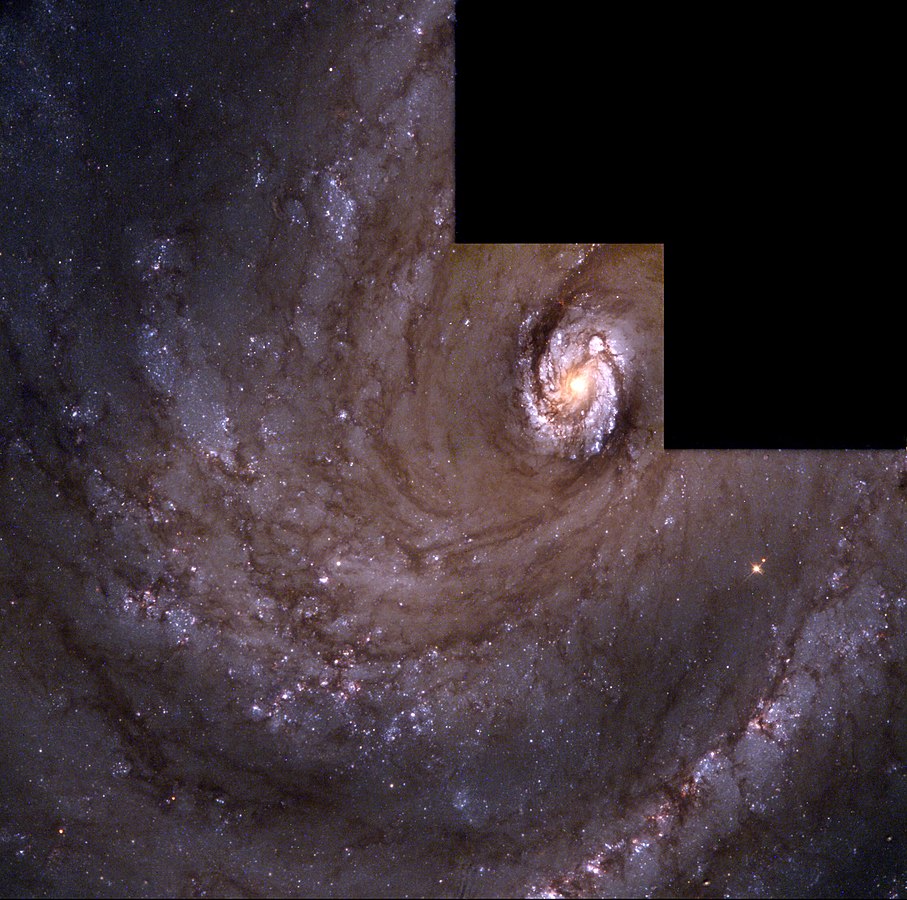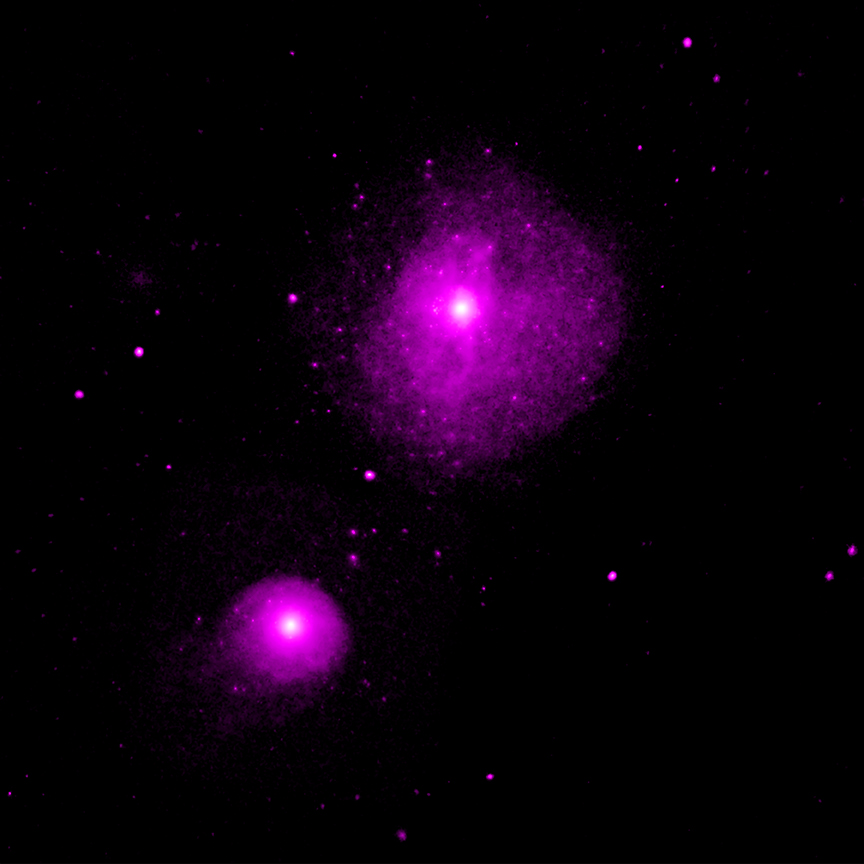Japanese astronomers have captured images of an astonishing 1800 supernovae. 58 of these supernovae are the scientifically-important Type 1a supernovae located 8 billion light years away. Type 1a supernovae are known as ‘standard candles’ in astronomy.
Continue reading “Subaru Telescope Sees 1800 Supernovae”Phew! James Webb passes its final thermal vacuum test. Still on track for 2021
Once it is deployed to space, the James Webb Space Telescope (JWST) will be the most sophisticated and advanced space telescope in operation. Carrying on in the tradition of Hubble, Kepler, and Spitzer, the JWST will use its advanced suite of infrared imaging capabilities to study distant exoplanets, learn more about the Solar System, and study the earliest galaxies in the Universe.
After numerous delays, NASA announced last summer that the much-anticipated JWST would be ready to launch by 2021. And in what is admittedly a very nice change of pace, NASA recently indicated that this is still a go! According to their latest update, the JWST has just completed its final vacuum test and is on track for launch in March of 2021.
Continue reading “Phew! James Webb passes its final thermal vacuum test. Still on track for 2021”The First-Ever Film of a Total Solar Eclipse – in 1900 – was Just Discovered and Restored
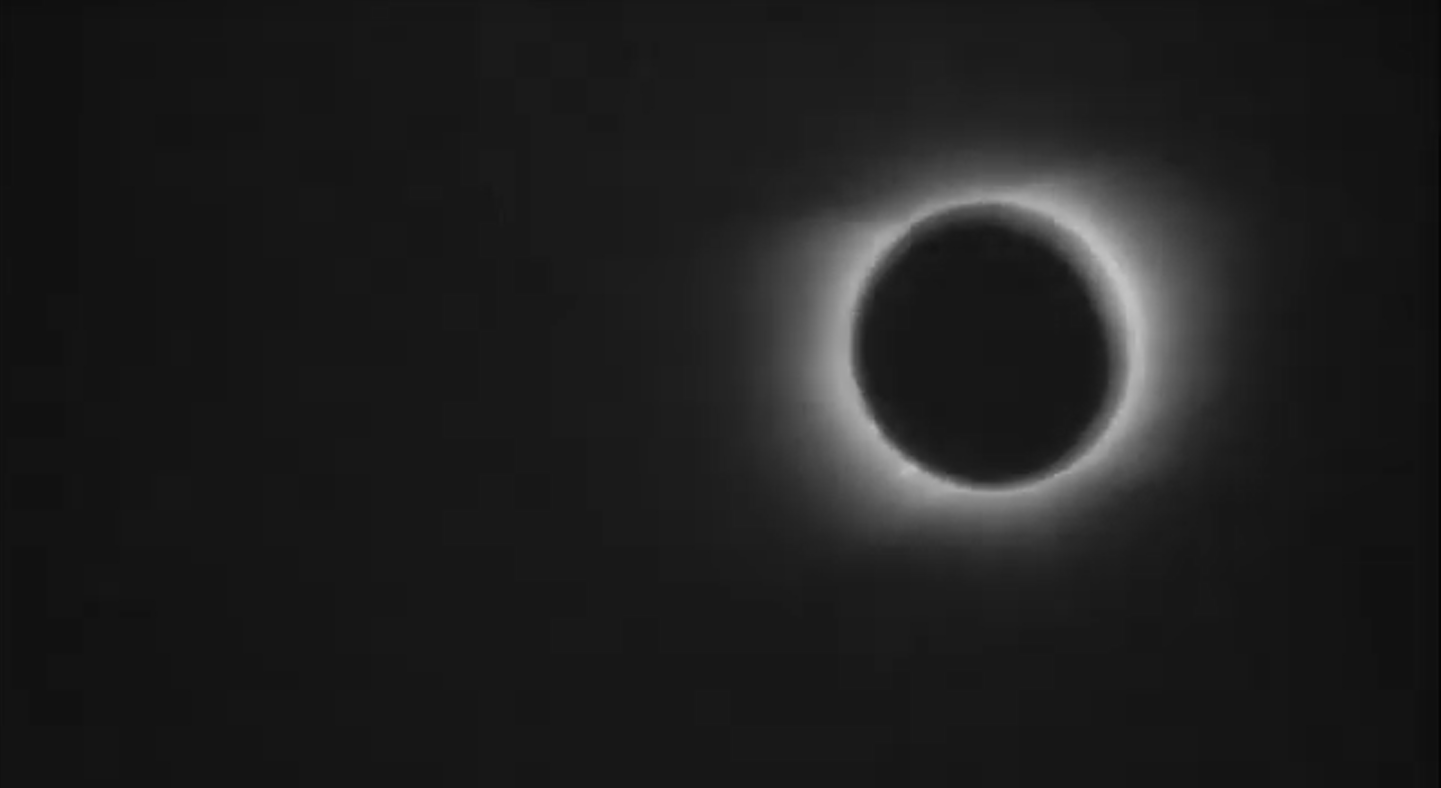
The first film of a total solar eclipse has been restored by specialists at the British Film Institute (BFI) and made available for viewing. The film was taken in North Caroline in 1900 by Nevil Maskelyne. Maskelyne was a British man who was a magician turned film-maker. He took the film as part of a Royal Astronomical Society (RAS) expedition.
Continue reading “The First-Ever Film of a Total Solar Eclipse – in 1900 – was Just Discovered and Restored”Why do Some Hubble Images Have That Chunk Taken Out of the Corner?
Great question! The answer has to do with Hubble’s history.
It’s easy to forget that the Hubble has been in space since 1990. That’s going on 30 years now. And during that time, it’s been serviced and had its cameras upgraded.
Continue reading “Why do Some Hubble Images Have That Chunk Taken Out of the Corner?”A Very Rare Planet Discovered. Less Massive than Neptune, Hotter than Mercury. Very Few Should Exist
Astronomers have discovered a very rare, very unusual planet in a distant solar system. The planet, called NGTS-4b, is three times the size of Earth, and about 20% smaller than Neptune. It’s hotter than our very own Mercury. At about 1,000 degrees Celsius, it would be the hottest planet if it were in our Solar System.
But what really separates this planet is its location. It’s located in what’s called the Neptunian Desert.
Continue reading “A Very Rare Planet Discovered. Less Massive than Neptune, Hotter than Mercury. Very Few Should Exist”Astronomers are Finding Binary Pairs of Stars Thrown out of Galaxies Together
A rogue star is one that has escaped the gravitational pull of its home galaxy. These stars drift through intergalactic space, and so are sometimes called intergalactic stars. Sometimes, when a rogue star is ejected from its galaxy, it drags its binary pair along for the ride.
Continue reading “Astronomers are Finding Binary Pairs of Stars Thrown out of Galaxies Together”New layers of water ice have been found beneath Mars’ North Pole

One of the most profound similarities between Earth and Mars, one which makes it a popular target for research and exploration, is the presence of water ice on its surface (mainly in the form of its polar ice caps). But perhaps even more interesting is the presence of glaciers beneath the surface, which is something scientists have speculated about long before their presence was confirmed.
These caches of subsurface water could tell us a great deal about Martian history, and could even be an invaluable resource if humans ever choose to make Mars their home someday. According to a recent study by a pair of scientists from the Universities of Texas at Austin and Arizona, there are also layers of ice beneath the northern polar ice cap that could be the largest reservoir of water on the planet.
Continue reading “New layers of water ice have been found beneath Mars’ North Pole”18 – Yes, 18 – New Earth-sized Exoplanets have been Found in Kepler’s Data

Scientists working with data from the Kepler mission have discovered an additional 18 Earth-sized worlds. The team used a newer, more stringent method of combing through the data to find these planets. Among the 18 is the smallest exoplanet ever found.
Continue reading “18 – Yes, 18 – New Earth-sized Exoplanets have been Found in Kepler’s Data”Catching a Ride on the Starlink Satellite Train: Midnight Marvel, or Night Sky Menace?
Have you seen Starlink? It all started, as all good breaking astronomical events seem to do, late on a Friday night. We got the notification first from veteran satellite tracker Dr. Marco Langbroek over in the Netherlands via the venerable See-Sat-L message board, and on Twitter soon after:
Continue reading “Catching a Ride on the Starlink Satellite Train: Midnight Marvel, or Night Sky Menace?”Theory proposes that Venus could have been habitable, but a large ocean slowed down its rotation, killing it
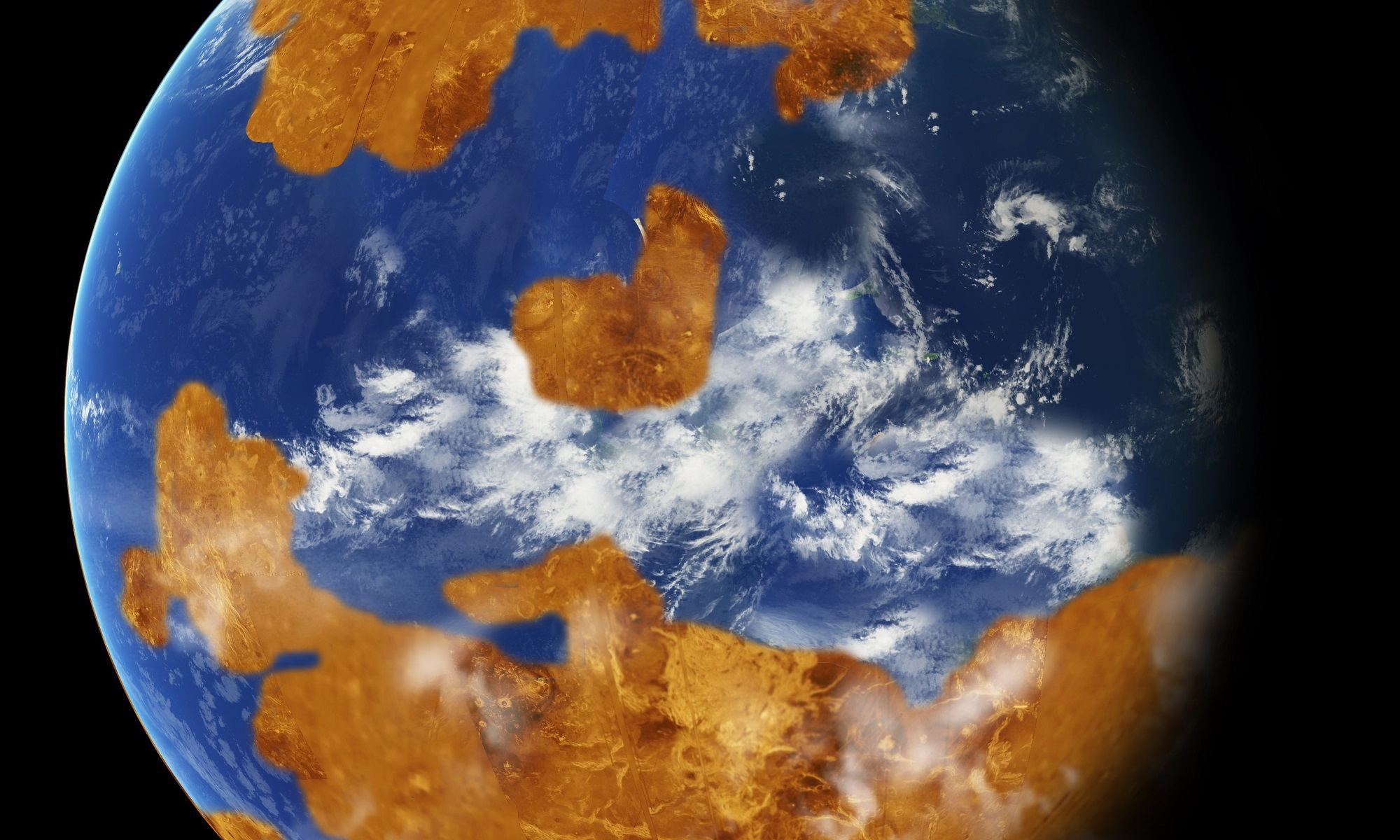
There’s no sense in sugar-coating it – Venus is a hellish place! It is the hottest planet in the Solar System, with atmospheric temperatures that are hot enough to melt lead. The air is also a toxic plume, composed predominantly of carbon dioxide and sulfuric acid rain clouds. And yet, scientists theorize that Venus was once a much different place, with a cooler atmosphere and liquid oceans on its surface.
Unfortunately, this all changed billions of years ago as Venus experienced a runaway greenhouse effect, changing the landscape into the hellish world we know today. According to a NASA-supported study by an international team of scientists, it may have actually been the presence of this ocean that caused Venus to experience this transition in the first place.
Continue reading “Theory proposes that Venus could have been habitable, but a large ocean slowed down its rotation, killing it”

